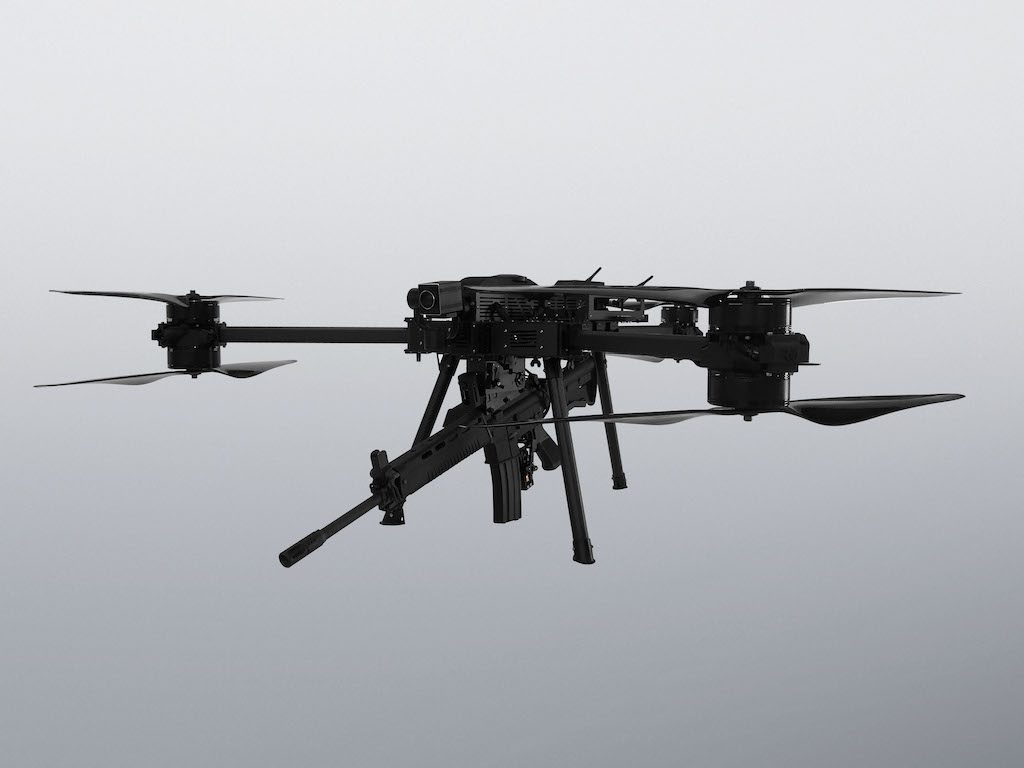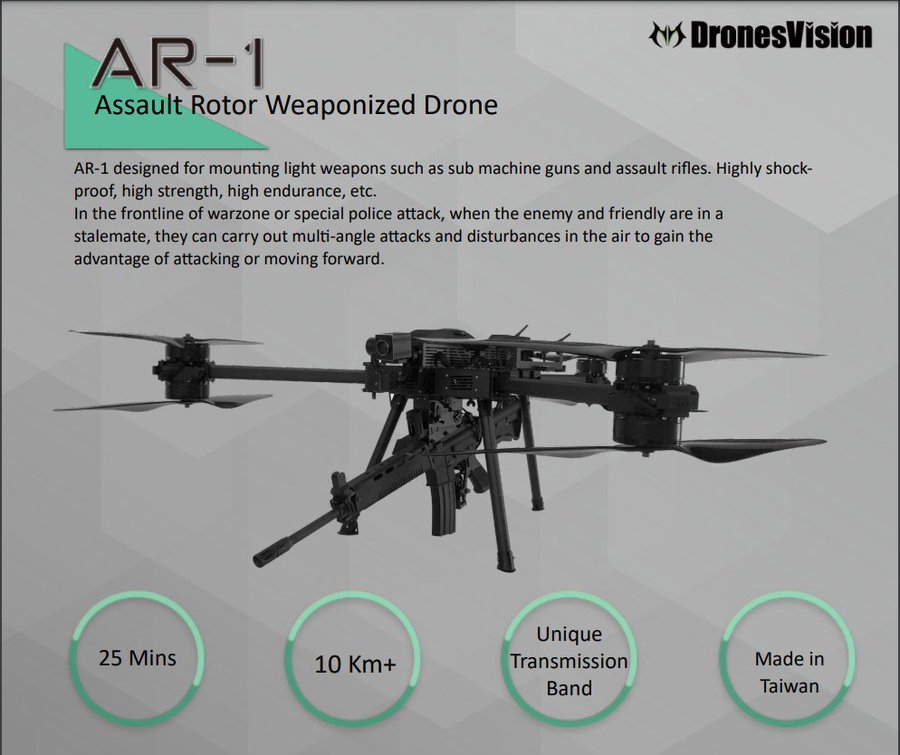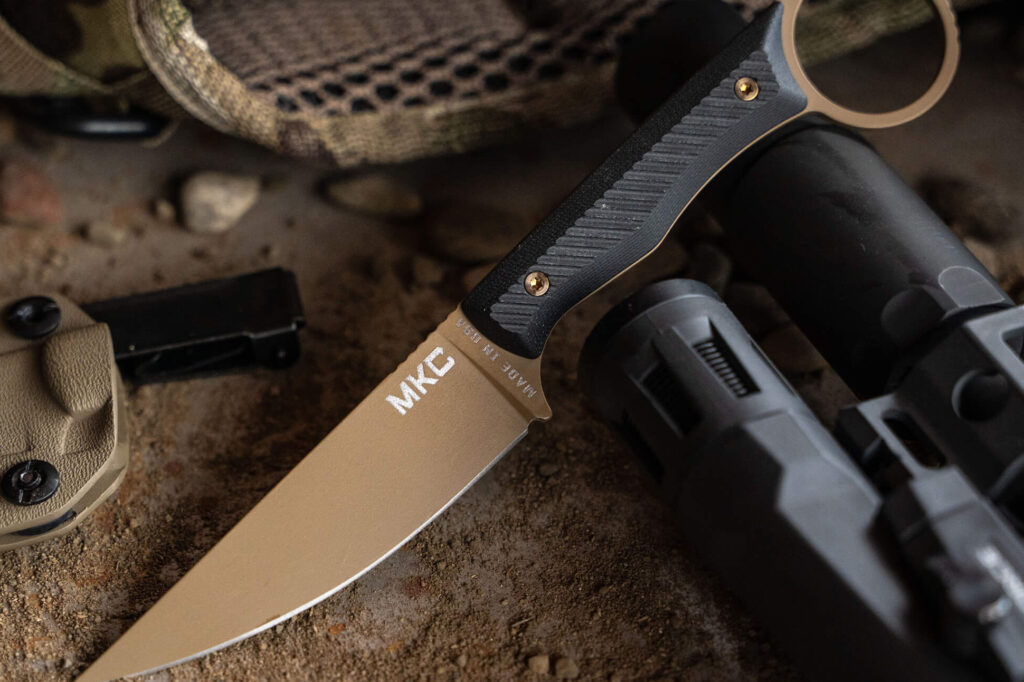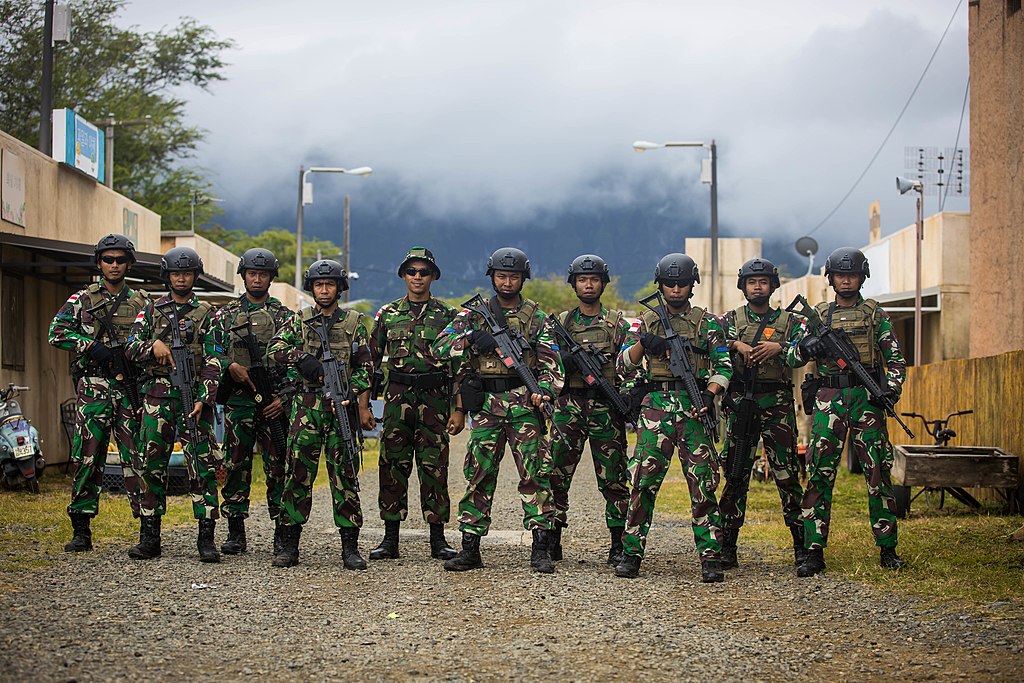The AR-1 – The drone that can fire an assault rifle
- By Travis Pike
Share This Article

The advent of drones has changed warfare. Drones are now a stable of warfare and will likely be for quite some time. Today we are discussing a new type of drone that does things a little differently, the AR-1 Assault Rotor Weaponized Drone.
Weaponized drones are nothing new. Predator drones were used in the GWOT for many years. In Iraq, we saw commercial drones being weaponized with explosives, and now in the Ukraine war, drones are dropping grenades left and right. The threat of small drones in modern warfare is very real, and we’re seeing militaries adapting weapons to counter drone threats.
What makes the AR-1 different
There are three main kinds of drones used on the battlefield: Firstly, drones, like the Predator, which operate from high altitudes and drop missiles on threats; secondly, drones used by infantry forces for reconnaissance; lastly, we have commercial drones being used to drop grenades on targets.
The AR-1 fits a different role. This small arms drone is designed to carry and fire either a 5.56mm assault rifle or a 9mm submachine gun. The gun is aimed by the user using a camera.

Since it’s not dropping explosives, the AR-1 could be more precise and reduce the risk of inflicting collateral casualties. Dropping bombs can be problematic in areas with civilians, and the user needs to consider the rules of engagement. However, using a rifle- or SMG-firing drone in a firefight could simplify the job of an infantry squad leader.
The AR-1 can be used by infantry forces on the ground in an ad-hoc method. An infantry force would not need to call for support from higher, wait for the drone to be in their airspace, and then hope there won’t be bad weather that blocks its view, but will instead be able to deploy the AR-1 itself.
Related: SPECS: AIM-120 advanced medium-range air-to-air missile (AMRAAM)
Technical specs
The AR-1 is no small toy drone. According to its designer, Taiwanese company DronesVision, this tri-copter drone weighs about 37.5 pounds. That’s not a ton, but no grunt wants to pack that, plus his main weapon system, the drone’s weapon system, and ammo for both.
The drone seems more like something that could be packed inside a truck rather than on the backs of fighting men. The designers ensured it could fold to be a bit more portable. When folded, it’s 19.3 inches tall, 17.3 inches wide, and 33.5 inches long. When unfolded, it’s 48.5 inches wide and 59 inches long.
Its flight time is limited to 25 minutes, but batteries can reportedly be hot-swapped quite quickly. Its effective range is 10 to 15 kilometers making it fairly useful for a mobile infantry force.
The system uses two cameras, one to aim the gun and the other for navigation. Its cameras have a 36-power optical zoom with digital night vision.
Related: Military explores new uses for AI as capabilities explode
Where the AR-1 would (theoretically) shine
The fog of war is very real. It happens at every level, from the general in his office to the squad leader approaching an urban environment. Drones help clear the fog of war. The AR-1 and similar small-arms-weaponized devices could clear the fog of war while adding an offensive element that’s more precise than explosives. A unit approaching an urban environment could employ the AR-1 to scout rooftops and windows for fighters and then engage them with precise fire while reducing the risk of unwanted casualties.
Tactically, you can envelop the enemy and force them into the drone’s fire. You can always deny your enemy cover and concealment outdoors and prevent defilade from being used against your position.
While the AR-1 uses a rifle or SMG, similar platforms could theoretically deploy anti-mine or IED tools to neutralize explosives while the infantry or EODs sit a good way away. Drones like this could be used when holding defensive positions to scout the area for both recon purposes and to keep the enemy further away. An eye in the sky is also comfortable in enemy territory.
Related: The Marines want to make their secret beach-swarming drones autonomous
Potential downsides
The AR-1 only has 25 minutes of battery life, which limits its range and capabilities. Additionally, it is a big target. Although its cruise speed is a respectable 46,8 km/h, it needs to slow down to allow the user to aim its weapon, and when it fires its weapon, recoil briefly stops its movement.
Further, the limited released footage of the AR-1 shows a rather rudimentary aiming system that positions the camera behind the weapon’s front sight. This will require the drone to get close to the target to have any sort of accuracy, although an optic option, like a red dot, would increase its accuracy; tracer rounds could also be used, but they would attract attention to the drone.
Additionally, if the AR-1’s weapon malfunctions, it can’t be fixed until the drone lands nor can it be reloaded, limiting the platform’s fighting ability. Lastly, if the drone goes down, the enemy could gain access to an extra rifle.
The AR-1 is neat, but what’s more important is the concept of a weaponized drone carrying some form of small arms. While this is not likely to become a battlefield reality soon, the AR-1 proves that the concept has some merit. Testing, experimentation, and employment will show how feasible it is.
Feature Image: The AR-1 drone (DronesVision)
Read more from Sandboxx News
- The long-range fires that will define the Ukrainian counteroffensive
- The FG-42 – The odd Nazi rifle created after a paratrooper disaster
- Offsetting China’s stealth fighter advantage: An in-depth analysis
- Unit 684 – The South Korean suicide squad with the tragic history
- What are Navy SEAL ‘duck’ insertions and which one would you prefer?
Related Posts
Sandboxx News Merch
-

‘AirPower’ Golf Rope Hat
$31.00 Select options This product has multiple variants. The options may be chosen on the product page -

‘Kinetic Diplomacy’ Bumper Sticker (White)
$8.00 Add to cart -

‘Kinetic Diplomacy’ Bumper Sticker (Black)
$8.00 Add to cart

Travis Pike
Travis Pike is a former Marine Machine gunner who served with 2nd Bn 2nd Marines for 5 years. He deployed in 2009 to Afghanistan and again in 2011 with the 22nd MEU(SOC) during a record-setting 11 months at sea. He’s trained with the Romanian Army, the Spanish Marines, the Emirate Marines, and the Afghan National Army. He serves as an NRA certified pistol instructor and teaches concealed carry classes.
Related to: Gear & Tech, Military Affairs

No, Russia’s futuristic Sotnik armor isn’t real

What does a Marine veteran think of Netflix’s ‘Rebel Ridge’?

Montana Knife Company enters the tactical knife realm

Indonesia’s Pindad SS2 – Service rifles from around the world
Sandboxx News
-

‘Sandboxx News’ Trucker Cap
$27.00 Select options This product has multiple variants. The options may be chosen on the product page -

‘AirPower’ Classic Hoodie
$46.00 – $48.00 Select options This product has multiple variants. The options may be chosen on the product page -

‘AirPower’ Golf Rope Hat
$31.00 Select options This product has multiple variants. The options may be chosen on the product page -

‘Sandboxx News’ Dad Hat
$27.00 Select options This product has multiple variants. The options may be chosen on the product page
